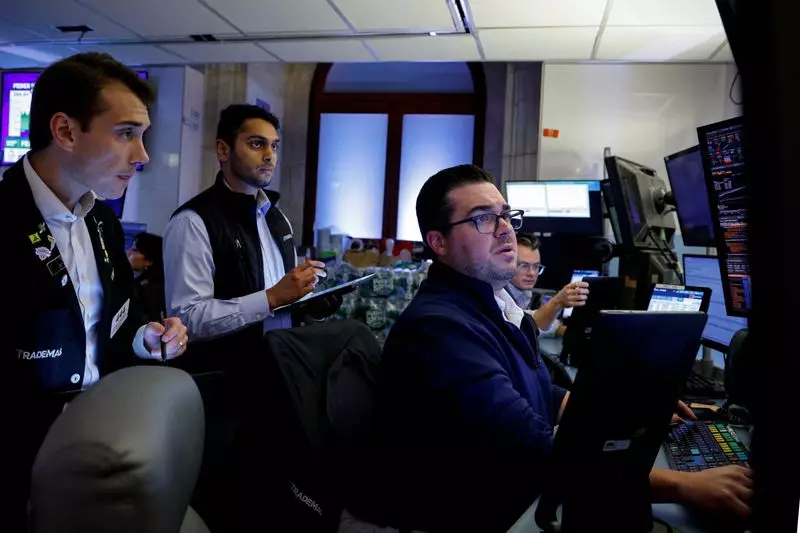The U.S. stock market is currently navigating a tumultuous period marked by rising geopolitical tensions in the Middle East and disruptions in domestic operations due to strikes. Recently, futures for major U.S. stock indexes have shown signs of decline, a reflection of investor anxiety as they await data that could clarify the economic landscape and future monetary policy. Investors are caught between the impacts of global conflict and domestic economic signals, leading to an atmosphere of caution on Wall Street.
Geopolitical conflicts, particularly those involving Iran and Israel, have the potential to sway global markets significantly. Following a missile attack from Iran targeting Israel — an act of retaliation for recent assaults in Lebanon — investors reacted by selling off riskier assets. This reaction is indicative of the market’s sensitivity to international crises, especially in oil-rich regions. Energy stocks, particularly those related to oil, experienced an uptick in premarket trading, signifying a surge in crude prices attributed to fears of supply disruptions. The case of companies like SLB and Occidental Petroleum exemplifies how quickly market dynamics can shift in response to global tension.
This situation raises important questions about how geopolitical crises influence investor behaviors and market trends. Analysts suggest that if Israel’s response is measured, there could be potential for de-escalation, which might stabilize market anxieties. However, the volatility inherent in the situation continues to drive uncertainty.
In addition to international strains, domestic issues such as the ongoing strike among dockworkers on the East and Gulf coasts present significant challenges. This labor dispute could bear substantial economic ramifications, with experts estimating costs upwards of $5 billion each day. Major retailers including Costco and Walmart, for instance, have publicly acknowledged their preparations for the strike, highlighting the economic ripple effects that such events cause. Their stock performance has remained stable in premarket trading, perhaps suggesting that these businesses have factored in potential disruptions.
The dockworkers’ strike is not just an issue of worker rights; it also has broader implications for consumer prices and inflation. Analysts caution that the combination of rising oil prices and labor disruptions could push inflation closer to, or even beyond, the Federal Reserve’s target of 2%. As inflationary pressures mount, the central bank’s ability to respond will be put to the test, particularly as it weighs the implications for interest rate adjustments.
As investors digest these complex dynamics, attention is now turning towards upcoming economic indicators. Data releases, such as the ADP National Employment survey for September, are poised to provide insight into labor market health and inform expectations ahead of the highly anticipated non-farm payroll data set to be released shortly thereafter. The market’s previous optimism, bolstered by an unexpected Federal Reserve rate cut, is tempered by the uncertainty surrounding the job market’s future prospects.
The evolving narrative around monetary policy is crucial; current odds for a rate reduction deliberated in November have increased, suggesting that market participants are bracing for further easing measures. The dual mandate of the Federal Reserve — balancing price stability with low unemployment — will influence investor sentiment and market strategies as the situation develops.
The U.S. stock market is in a state of flux, shaped by external geopolitical conflicts and internal economic challenges. The interplay between these factors creates a cautious atmosphere for investors, as they balance risks associated with rising tensions abroad against the realities of domestic labor disputes and inflationary pressures. As market dynamics shift, the ability to adapt to these emerging trends will be crucial for investors seeking to navigate this unpredictable economic terrain. The forthcoming data scans may clarify some uncertainties, but for now, vigilance remains paramount in the face of this evolving landscape.

